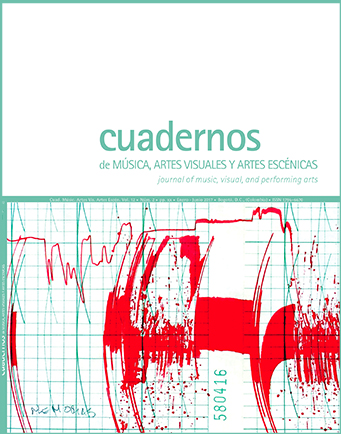Abstract
La presente investigación se centró en el desarrollo de una metodología para usar la técnica de realidad aumentada (RA) con el fin de crear material didáctico musical que permita la promoción de la autonomía en el aprendizaje del estudiante. Partiendo de esta idea, se analizó y determinó las herramientas tecnológicas con realidad aumentada que facilitaran la creación del material didáctico multimedia (audio, video, imágenes y modelos 3D) para el aprendizaje y montaje de repertorio musical. Seguidamente se creó material didáctico con realidad aumentada, aplicando este material a un grupo experimental con el fin de determinar si existe alguna diferencia entre la implementación de realidad aumentada en la clase de música y el uso del método de enseñanza tradicional. Finalmente se evaluó el impacto a partir de una rúbrica a los dos grupos: control y experimental además de un cuestionario de satisfacción para el grupo experimental, que llegó a determinar las contribuciones del material didáctico en realidad aumentada en el aprendizaje autónomo.
This journal is registered under a Creative Commons Attribution 4.0 International Public License. Thus, this work may be reproduced, distributed, and publicly shared in digital format, as long as the names of the authors and Pontificia Universidad Javeriana are acknowledged. Others are allowed to quote, adapt, transform, auto-archive, republish, and create based on this material, for any purpose, provided the authorship is duly acknowledged, a link to the original work is provided, and it is specified if changes have been made. Pontificia Universidad Javeriana does not hold the rights of published works and the authors are solely responsible for the contents of their works; they keep the moral, intellectual, privacy, and publicity rights.
Approving the intervention of the work (review, copy-editing, translation, layout) and the following outreach, are granted through an use license and not through an assignment of rights. This means the journal and Pontificia Universidad Javeriana cannot be held responsible for any ethical malpractice by the authors. As a consequence of the protection granted by the use license, the journal is able to publish retractions or to correct information already published. Publishing contents in this journal does not generate royalties for contributors.


